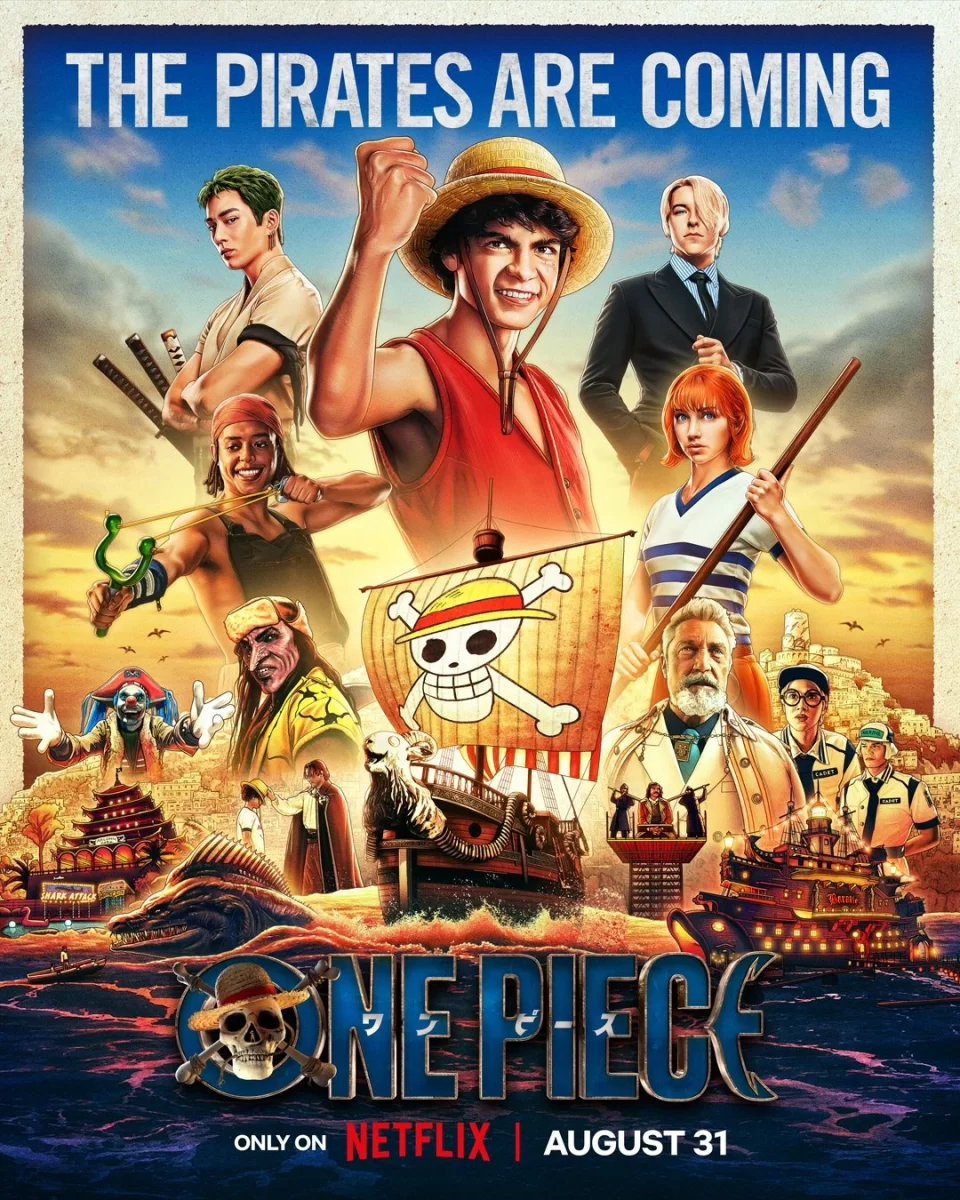There might never be a more controversial and complex notion than making a beloved book or animated series into a live-action.
Often screenwriters and producers have to walk a fine line between recreating the median to perfection, appeasing long-term fans, and attracting newcomers. But because of the near perfectionistic standards these projects are held to they often fail or fall short to the broader audience or fandom.
On top of that, there’s the massive pressure of not creating an abysmal catastrophe that becomes a dark stain on which the fandom forever resents or an unattractive embarrassment that the fandom will ruthlessly bully until its only achievement is its endless catalogs of unethical memes. Exhibit A: Avatar: The Last Airbender live-action.
That was until the One Piece live-action came along.
The One Piece live-action, in my opinion, was a shining example of live-action recreating its original median while putting its own little quirks and traits into a worldwide franchise that was accepted positively by the majority.
While it is by no means a perfect show or without flaws, its positive accomplishments far outweigh its negatives. It’s something praised by long-term fans and critics alike.
For one, the casting of the show was phenomenal.
The main character, Luffy, played by Inaki Godoy, was extremely well-casted for his role. Inaki’s dynamic and animated acting abilities were perfectly suited to recreating the overly-active, goofy, and strong-willed personality that makes Monkey. D. Luffy who he is in the manga/anime.
On top of that, casting Luffy’s actor with a similar ethnicity to him—Luffy being Latin-American and Inaki being Mexican—helped transition a sense of diversity that has always existed through the paper One Piece world to the live-action film.
Other great castings include Roronoa Zoro played by Japanese actor Mackenyu Maeda, Black-Leg Sanji played by Spanish actor Taz Skylar, Nami played by American actress Emily Rudd, and Usopp played by Jamaican-American actor Jacob Gibson.
Another accomplishment the live-action One Piece managed was to recreate the arch-like plot, retention of adventure themes, and create emotional bonds within the crew of the Straw-Hat Pirates and the world of One Piece.
One of the main reasons why both the manga and the anime version of One Piece have been able to last so long— over 1000+ episodes and chapters to be exact—and be successful is because of two major reasons: One Piece’s ability to be dynamic and deep in its world-building and Eiichiro Oda’s mastercraft writing.
The world of One Piece is filled with depth through its emotions, characters, and stories. Every individual character—from Luffy to Koby—has dreams that are against the notion of impossibility and reality.
For example, Luffy’s dream to become King of the Pirates and find the One Piece—an almost mythical and legendary treasure belonging to the previous King of the Pirates Gol. D. Roge, who no one is sure even exists—is considered pure fantasy by almost everyone around him, and they tell him so.
But the show’s telling of Luffy’s story, from his humble beginnings in a town called Windmill Village to his admiration and teachings from a pirate called Shanks, to the passing of the straw hat is one filled with dramatic emotion which you can’t help but want Luffy to succeed in his dream.
The live-action stays true to this form of Oda’s storytelling; as you watch and learn more about the Straw-Hat crew, you can’t help but feel entranced in this world of frivolous adventure and goofy pirates.




























































































